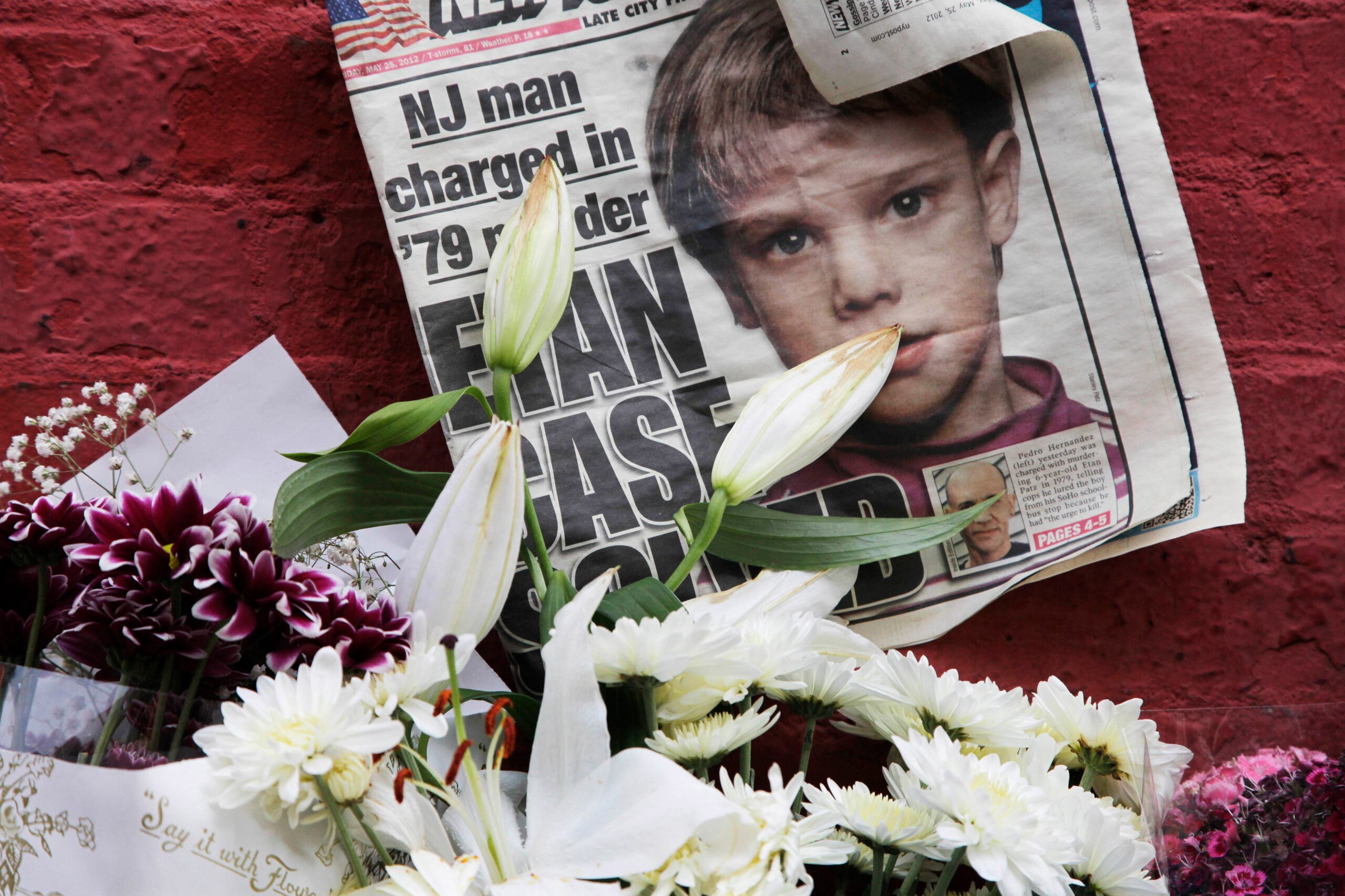What you should know regarding the prosecution and Etan’s disappearance is as follows:
A boy vanishes and a movement begins
On May 25, 1979, Etan vanished while making his first solo walk to his Manhattan school bus stop, sparking a thorough search and contributing to the national awareness of missing children in the US.
His disappearance anniversary was turned into National Missing Children’s Day. His parents pushed for new legislation that facilitated the sharing of information about missing children between law enforcement agencies and created a nationwide hotline.
After 6-year-old Adam Walsh was abducted and killed in Florida in 1981, the movement gained momentum. Soon, terrified parents stopped allowing their kids to play unattended in their neighborhoods and go alone to school.
Investigation spans decades
In 2001, Etan’s family had him officially declared deceased, but his body has never been located.
The inquiry went on for decades and even made its way to Israel.
Hernandez was one of the many people the police met throughout their hunt; he worked at a convenience shop in Etan’s area. However, he wasn’t considered a suspect until 2012, when authorities received information that Hernandez, who was then residing in New Jersey, had discussed killing a youngster in New York City with a relative.
A disputed confession
Hernandez confessed to attacking Etan after a seven-hour interrogation, according to police, despite the lack of tangible proof against him.
Hernandez calmly described luring Etan into the convenience store’s basement, where he worked as a teenage stock clerk at the time, by offering him Pepsi in recorded statements. Hernandez claimed that after strangling Etan, he placed the still-living youngster in a box in a plastic bag and abandoned the box in an alley.
Hernandez’s attorneys claimed that the admissions were the delusions of a mentally sick guy with a very low IQ.
In addition, the defense asked jurors to take into account a different longtime suspect who occasionally walked Etan home from school with a lady he dated. Later, the man was found guilty in Pennsylvania of assaulting boys. On the day the boy disappeared, he told federal officials that he had interacted with a child he was quite certain was Etan. However, he was never charged with a crime.
Hernandez fabricated or exaggerated signs of mental illness, according to the prosecution, who insisted that Hernandez’s confessions were genuine.
Appeals court ruling
Hernandez’s conviction was reversed by a federal appeals court on Monday due to the original judge’s reaction to a jury note from a 2017 trial.
Hernandez’s 2012 police interview was at the center of the appeal. According to the police, he first confessed before being informed of his rights. Hernandez then repeated his admission on tape at least twice after receiving a legally mandated warning that his words might be used against him in court.
In a note to the court during the trial, the jury asked if, in the event that it found the first confession made prior to the Miranda warning to be false, it should ignore the two recorded confessions. “No,” the judge replied. The jury should have been given a more complete explanation of its alternatives, which might have included rejecting all of the confessions, the appeals court decided.
Hernandez was ordered to be released by the court unless he was given a new trial in a fair amount of time.
Hernandez’s first trial resulted in a deadlock in 2015; this was his second trial in 2017.
Thanks to AP
Thanks to AP






